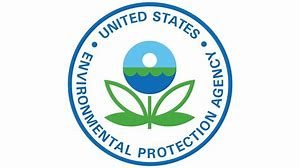New US EPA Regulation Change Regarding nPB Use
July 06, 2020
On June 18, 2020, the US EPA finalized its decision to grant petitions to add 1-bromopropane (1-BP), also known as n-propyl bromide (nPB), to the list of hazardous air pollutants. This change affects facilities that emit 10 tons or more of Hazardous Air Pollutants (collectively) per year. Any users emitting more than the 10 ton limit will have to file additional paperwork with regulators.
For those proactively looking to replace nPB for their vapor degreasing cleaning applications, Tergo™ XCF2 makes an excellent nPB alternative.
Here are some of the benefits of Tergo XCF2.
- Exempt from HAP (Hazardous Air Pollutant) calculation: It does not require HAP testing, documentation or reporting.
- Nonflammable: Tergo XCF2 is nonflammable, making a preferred choice of OHS (Occupational Health and Safety) officers.
- Low environmental impact: With zero ozone depletion potential and a global warming potential under 10, it is a safe, sustainable nPB alternative.
- Improved worker safety: It has an ACGIH long-term exposure limit (8-hour TWA) of 200 ppm – 200 times better than nPB.
- Proven performer: Tergo XCF2 has years of proven cleaning performance and is NASA approved.
- Transition support: The MicroCare Critical Cleaning Lab performs cleaning qualification trials on your parts using Tergo XCF2. The MicroCare application specialists also provide ongoing transitioning support to Tergo XCF2.
- Low conversion cost: In many cases, Tergo XCF2 uses your existing equipment. After emptying and cleaning the vapor degreaser, Tergo XCF2 “drops in” to the machinery without an appreciable change to the cleaning process.
- Same or better cleaning: Tergo XCF2 is lab-tested and analyzed, ensuring reliable, consistent cleaning results.
- Easier maintenance: Tergo XCF2 does not require the stabilizers, scavengers or weekly acid acceptance tests like nPB.

